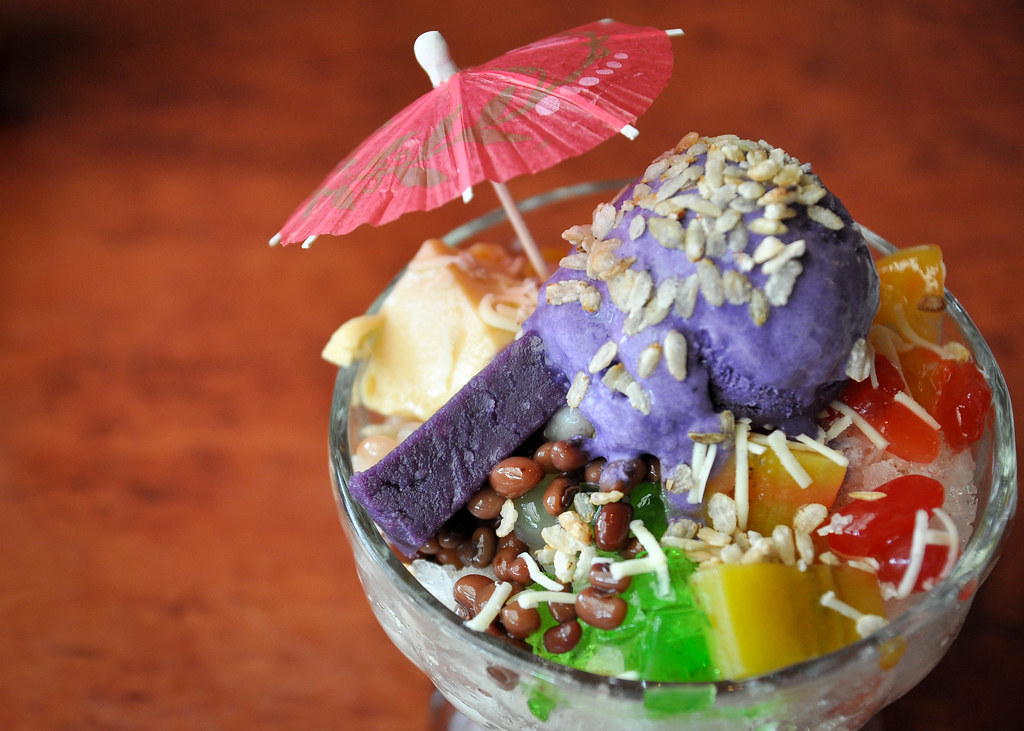

Leaf symptoms of halo blight may be confused with those of brown spot because of the variability in margin and halo size with temperature. Pod symptoms of common and halo blight are very similar therefore, these diseases should be identified by leaf symptoms or the bacterium. Light, cream-colored bacterial exudate may be present on the lesions under moist conditions. The water-soaked areas enlarge and are sometimes surrounded by a narrow reddish zone. Pod symptoms first appear as small water-soaked spots and streaks on the pod surface (Figure 9). At temperatures above 80☏ halos are very small or absent. During severe infections the disease may become systemic and cause yellowing and death of new foliage. Greenish-yellow halos, highly variable in size, subsequently develop around these spots (Figures 7 and 8). Symptoms of halo blight initially appear as small water-soaked spots on the underside of the leaflets, eventually developing into numerous small, reddish-brown lesions on the leaves (Figure 7). Infected developing seeds may abort or shrivel and discolor as they mature (Figure 6). In humid weather, a yellow bacterial exudate may be present on the pod lesions. Similar water-soaked spots form on the pods and enlarge into reddish brown lesions (Figure 6). These lesions enlarge to 10 mm or greater (Figure 5) and may kill the leaflet. Leaf symptoms initially appear as water-soaked spots that become necrotic, light brown lesions of irregular shape with distinct, bright yellow margins (Figure 4). If infection occurs early in pod development, the pod may become bent or twisted at the infection site (Figure 3). Sunken brown spots can form on the pods (Figure 2). These lesions may enlarge, coalesce, and fall out giving the leaves a tattered appearance. The initial foliar symptom of bacterial brown spot is small water-soaked spots that develop into distinctive necrotic brown spots about 3-8mm in diameter, often with a narrow, diffuse yellow margin (Figure 1). Common blight and halo blight are rarely observed nowadays presumably due to the routine use of certified seed. It is common in wet, cool years in snap and dry beans. These diseases can cause serious yield losses in heavily infected bean fields.īrown spot is no longer considered an economic problem in most years in New York. phaseoli, and halo blight, caused by Pseudomonas syringae pv. syringae, common bacterial blight, caused by Xanthomonas campestris pv. What matters most is that you have enough shaved ice to compliment the other sweet ingredients.There are three distinct bacterial diseases that have been found on snap and dry beans in New York: Bacterial brown spot, caused by Pseudomonas syringae pv.

I try to do a small spoonful of each, especially when using a lot of toppings because they really start to add up. Put your measuring cups away for this one! With halo-halo, you can add as little or as much of your favourite toppings. All you have to do is add your shaved ice (or milk! )) and enjoy! Measure with your heart They usually consist of sweet beans, nata de coco and sugar palm fruit. If you live in North America like I do, chances are they won’t carry ALL these toppings at your local grocer but you may have more luck at an Asian grocer if you have access to one.įor a shortcut, some brands make a halo-halo mix which can save you from having to buy separate jars of toppings. They can usually be found in the Filipino goods aisle or in the international aisle of big box stores. LUCKILY you can find pretty much all of these already prepared and jarred at your local Asian grocer.


 0 kommentar(er)
0 kommentar(er)
